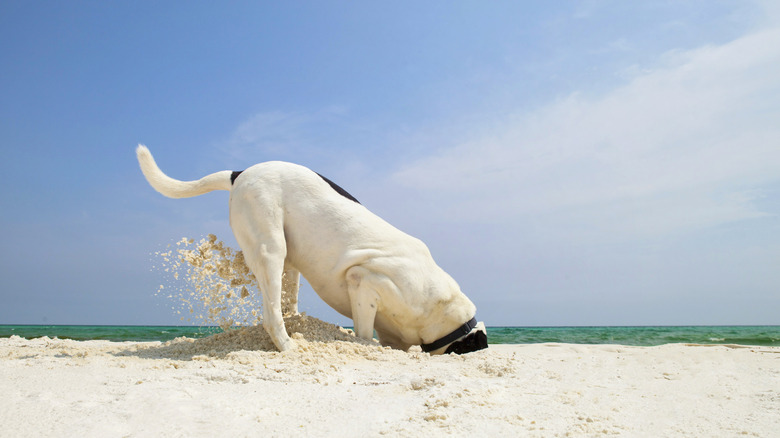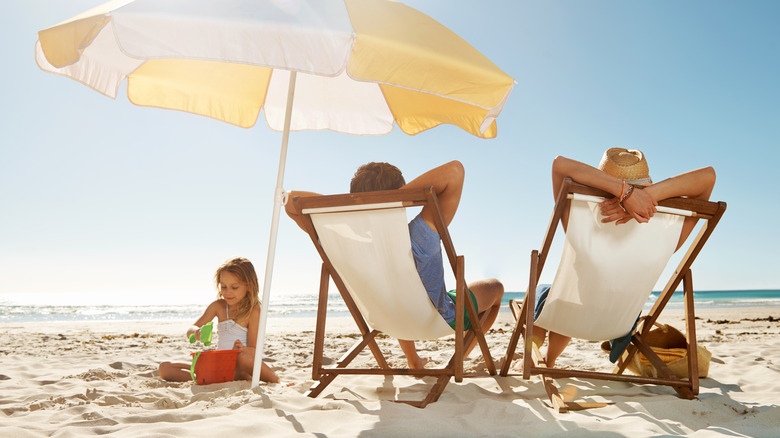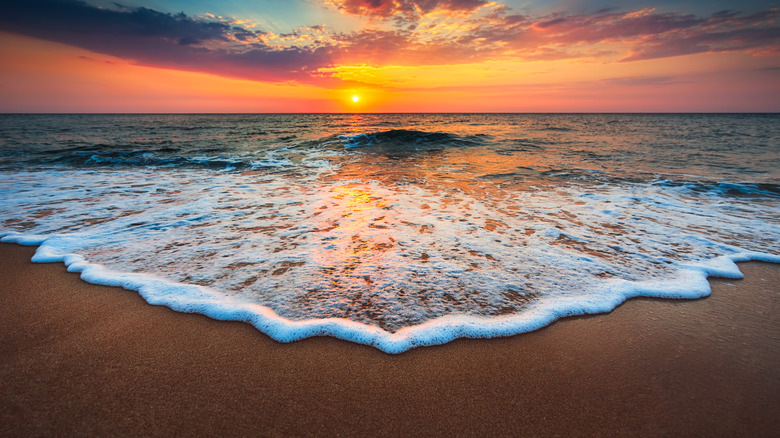There are likely a few precautions you take when visiting the beach to avoid potential dangers. You might reapply sunscreen to prevent a nasty burn, or perhaps you avoid spots known for their shark-infested beaches. However, you might not think to protect yourself against the sand beneath you.
Tragically, Florida beachgoers were reminded of how dangerous sand can be in February 2024 after a young girl became trapped in a sand hole. The seven year old was playing with her brother, digging a hole in the sand at a Lauderdale-by-the-Sea beach. At some point, the hole collapsed, burying the two children. While the boy survived, the girl took longer to recover from the sand, and it was later revealed that she died following the incident.
Falling in a sand hole may sound like a freak accident, but it’s not as rare as you would think. According to a 2007 study published in the New England Journal of Medicine, at least a handful of sand hole accidents (both fatal and nonfatal) occur on average each year, mostly affecting children. To put the odds in perspective, the South Florida Sun Sentinel reported that sand hole deaths are more prevalent than shark attacks.
How sand holes can become lethal

Digging holes and building sandcastles might not sound dangerous, but if carved too deeply in unstable spots, the sand can quickly shift, swallowing up whatever — and whoever — gets inside. “When people dig holes more than 2 feet deep and get in them, at least where their body’s below the sand level, sand starts drying out immediately,” Dr. Stephen Leatherman of Florida International University’s Department of Earth and Environment told NBC6. “And dry sand can only hold a 33-degree angle, and people dig these holes almost vertically.”
Dr. Leatherman added that once someone becomes engulfed in the sand, rescuing them can be a challenge because, unlike snow avalanches, there are no pockets of air or pieces of sand stuck together. Instead, dry sand surrounds the entire body, and the tiny grains continue to fill up space in the hole even when rescuers attempt to dig the person out. “The lethality of sand is its ability to compact around you,” Christopher Moir, a pediatric trauma surgeon at Mayo Clinic who has studied accidental sand burials, explained to Slate. “Sand is horrible because it will flow around to every single part of your body so that you’re encased.” In the worst scenarios, this can lead to almost instant suffocation.
Ways to stay safe in the sand

You’re much more likely to suffer a sunburn or stomach ache after eating too many popsicles than you are to succumb to a collapsed sand hole. Still, it’s crucial to be informed on how to stay safe at the beach and what to do if you or a family member does become trapped in the sand.
First, avoid digging holes large and deep enough to cover your head if you were to crouch inside (or deeper than your knees when standing). For small children, that could be shallower than you’d expect. As Dr. Stephen Leatherman shared with NBC6, holes should be no deeper than 2 feet.
Never dig or let a child dig in the sand alone, and when possible, stick to beaches that are supervised by trained lifeguards (the accident in Lauderdale-by-the-Sea occurred on a beach that reportedly lacked lifeguards). If you notice someone has fallen into a sand hole, try to shovel sand away from the site of the collapse, rather than digging into it. This will prevent more sand from falling into the space and make it easier to free the person inside. Additionally, call for help, even while you’re still working to dig the person out. Paramedics can treat injuries or potentially resuscitate those who lost consciousness after getting trapped.

